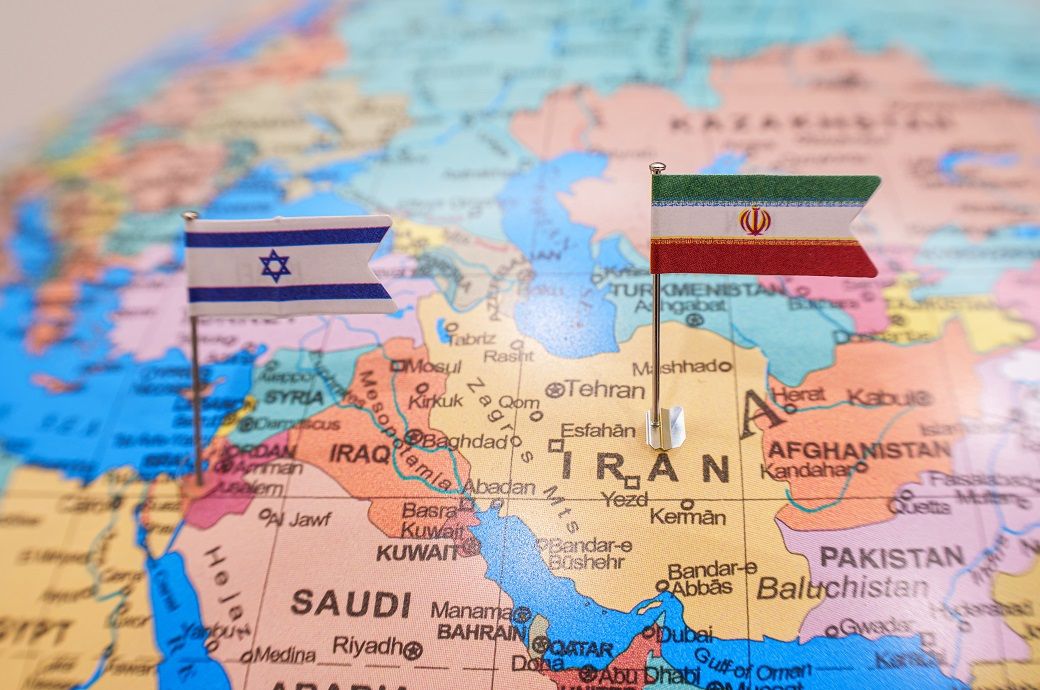
Major container lines have already rerouted vessels around the Cape of Good Hope to avoid the Red Sea and Gulf regions, increasing transit times and freight expenses.
Analysts warn that bypassing Hormuz would shift traffic to Indian West Coast ports, risking congestion and further rate hikes. Persian Gulf trans-shipment hubs such as Jebel Ali and Khalifa Port could also face disruptions, compounding delays for textile raw materials and finished goods. With ocean freight rates already volatile, how prepared is the fashion industry for prolonged logistical bottlenecks?
Energy price volatility
The conflict triggered immediate spikes in oil prices, with US crude benchmarks surging by 9 per cent post-escalation. For energy-intensive textile hubs like Bangladesh—where garment manufacturing dominates exports—rising fuel costs threaten competitiveness.
The Bangladesh Garment Manufacturers and Exporters Association (BGMEA) has warned that higher logistics and production expenses could erode profit margins, forcing factories to accelerate efficiency measures.
While some governments have temporarily stabilised domestic fuel prices, the broader risk remains—prolonged conflict could drive sustained oil inflation, increasing costs for synthetic fibre production and transportation.
Production delays loom
Iran’s role as a key petrochemical supplier adds another layer of vulnerability. Disruptions in oil and synthetic fibre exports could tighten global supplies, inflating prices for polyester, nylon and other petroleum-based textiles. Cotton shipments may also face delays if regional instability complicates logistics.
The Bangladesh garment sector, which relies on timely deliveries to meet fast-fashion cycles, is particularly exposed. Analysts suggest that extended shipping delays could jeopardise order deadlines, pushing retailers to reconsider sourcing strategies.
Sourcing strategies under scrutiny
The conflict’s second-order effects may also impact apparel sourcing. Retailers facing inventory gaps could expedite near-shoring initiatives or diversify suppliers beyond Asia. Some Israeli footwear firms have already reported supply interruptions due to direct attacks, highlighting the fragility of concentrated production hubs.
Meanwhile, freight rerouting and rising insurance premiums are prompting brands to reassess contingency plans. If congestion in South Asian ports worsens, this could accelerate a broader shift.
Supply chain experts are urging proactive measures, from digitalising logistics to stockpiling critical materials. However, long-term solutions remain uncertain. While de-escalation could stabilise oil and shipping markets, prolonged tensions may necessitate structural adjustments in how the textile and apparel industry manages risk.
Can global fashion supply chains withstand another geopolitical shock, or will this conflict expose deeper vulnerabilities in an already strained system? As shipping routes, energy costs and raw material flows hang in the balance, the industry’s ability to adapt will determine its resilience in the months ahead.
ALCHEMPro News Desk (IL)
Receive daily prices and market insights straight to your inbox. Subscribe to AlchemPro Weekly!